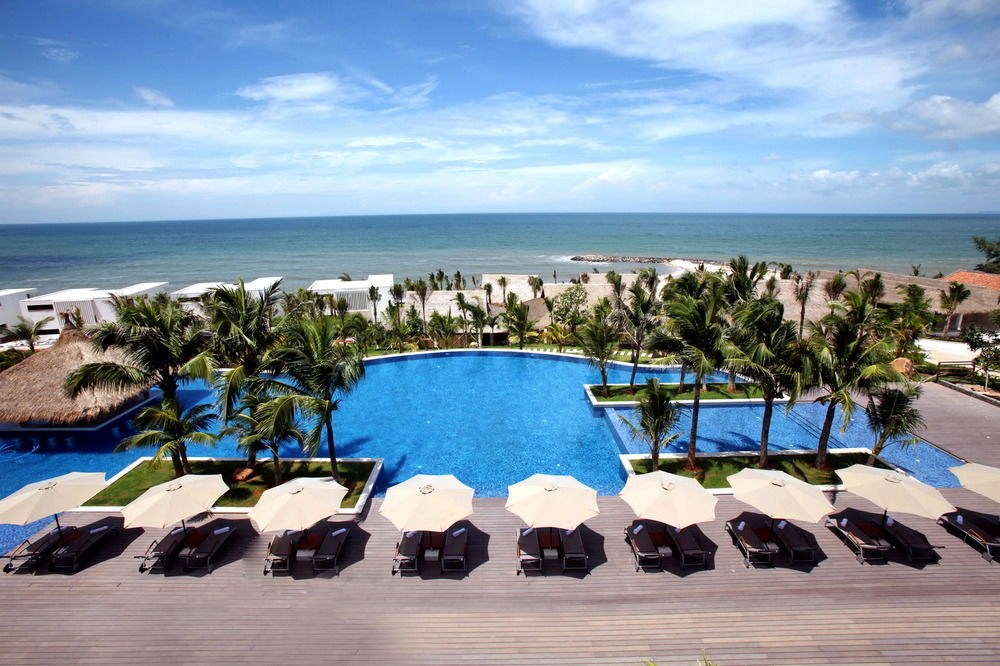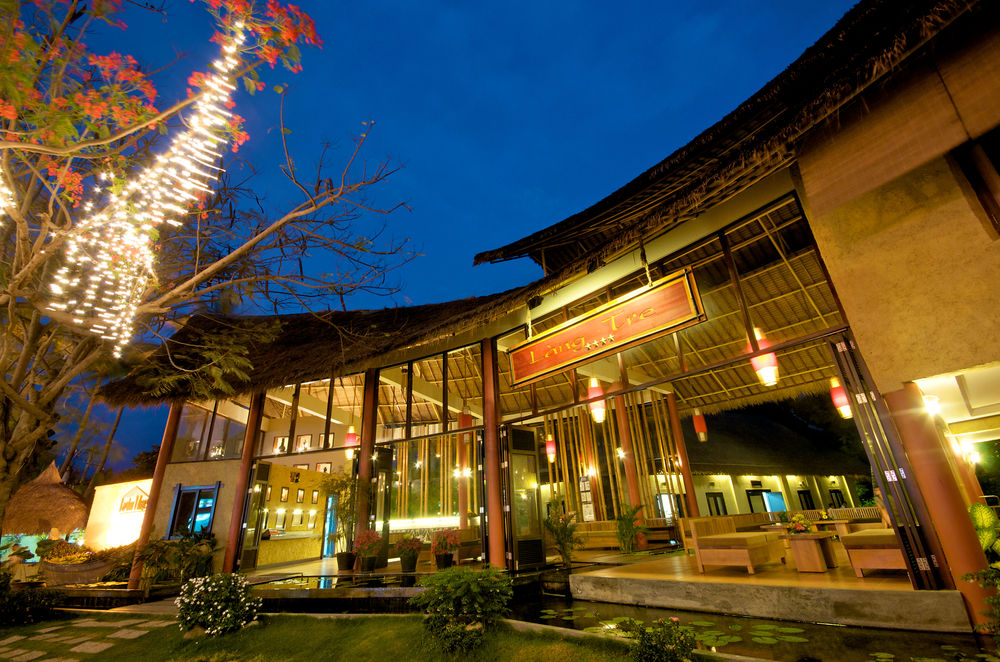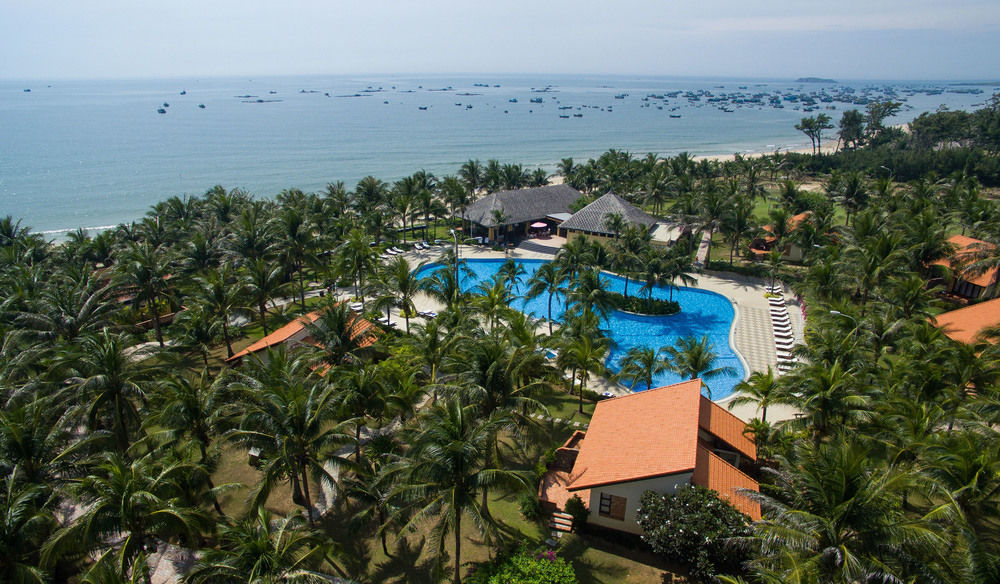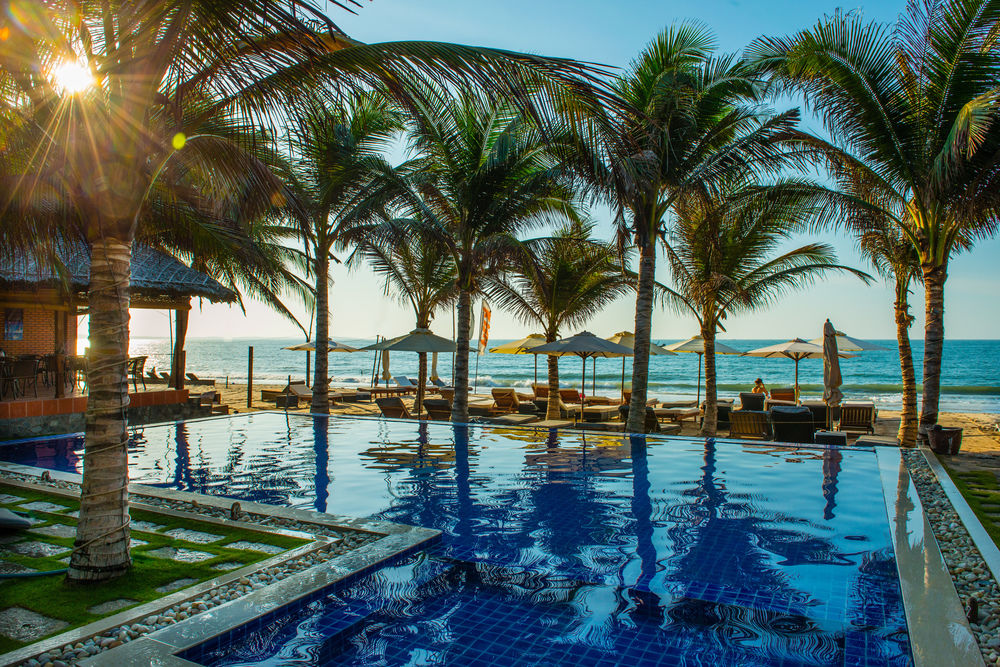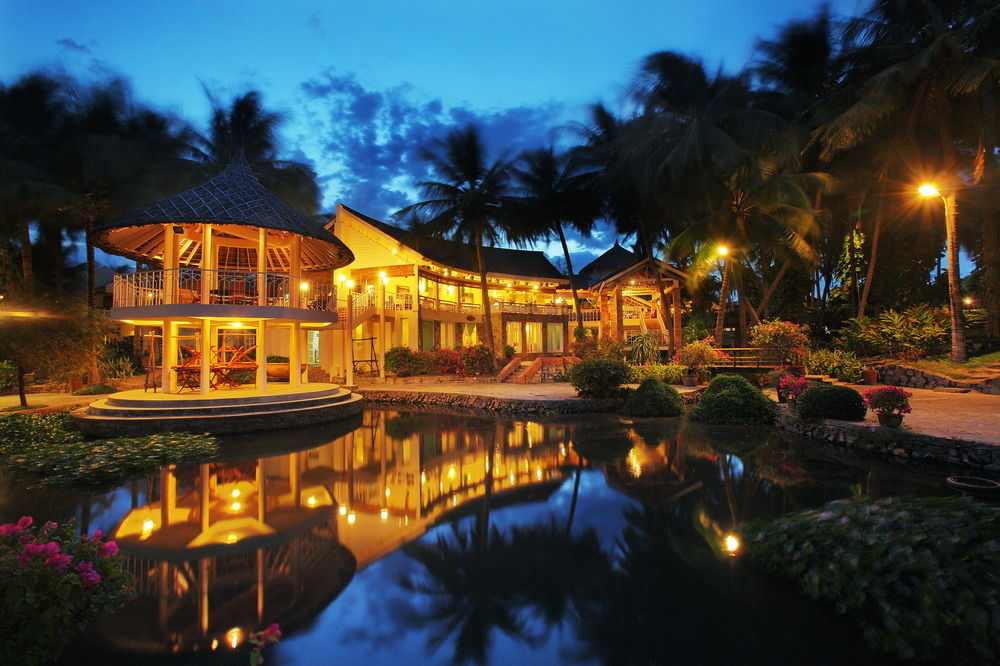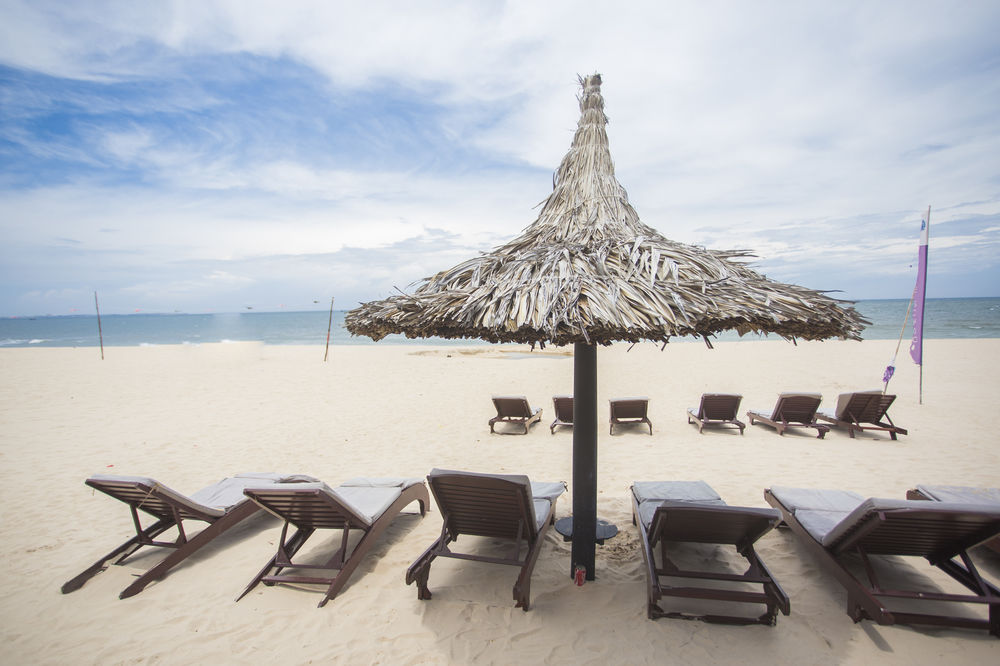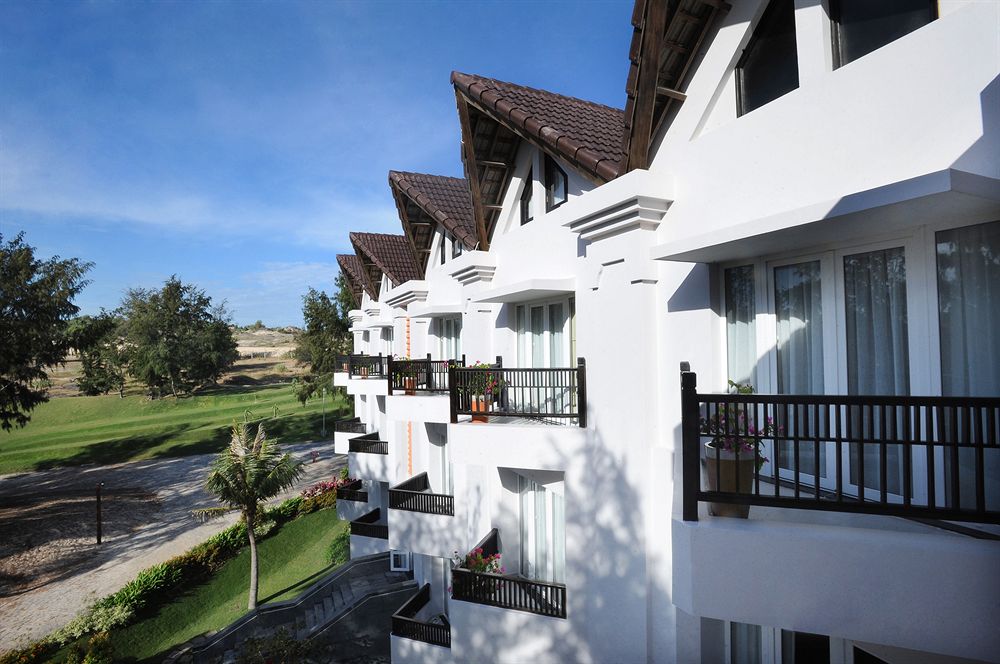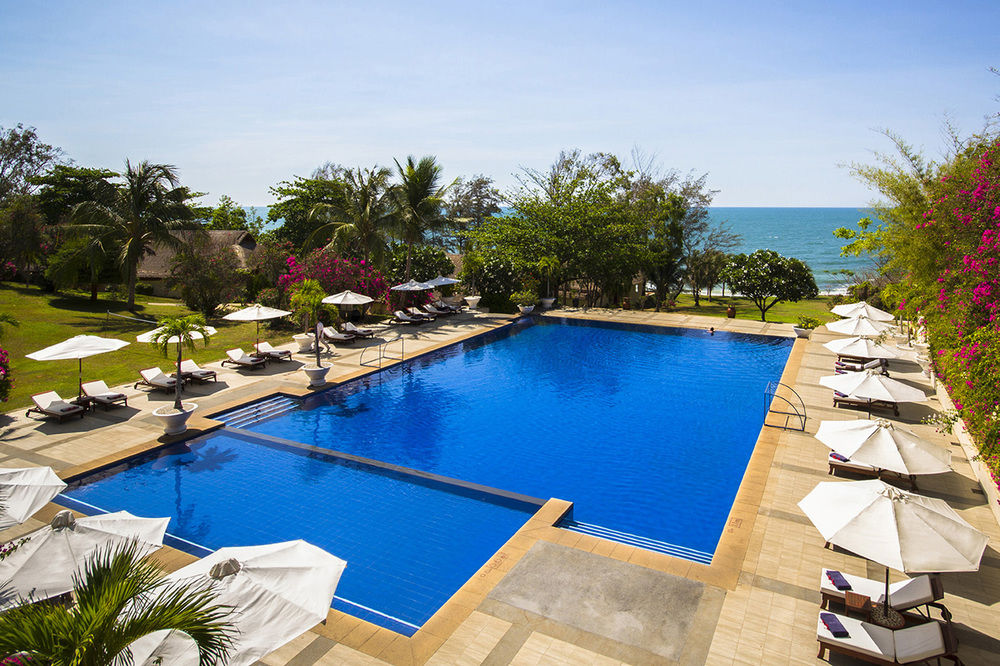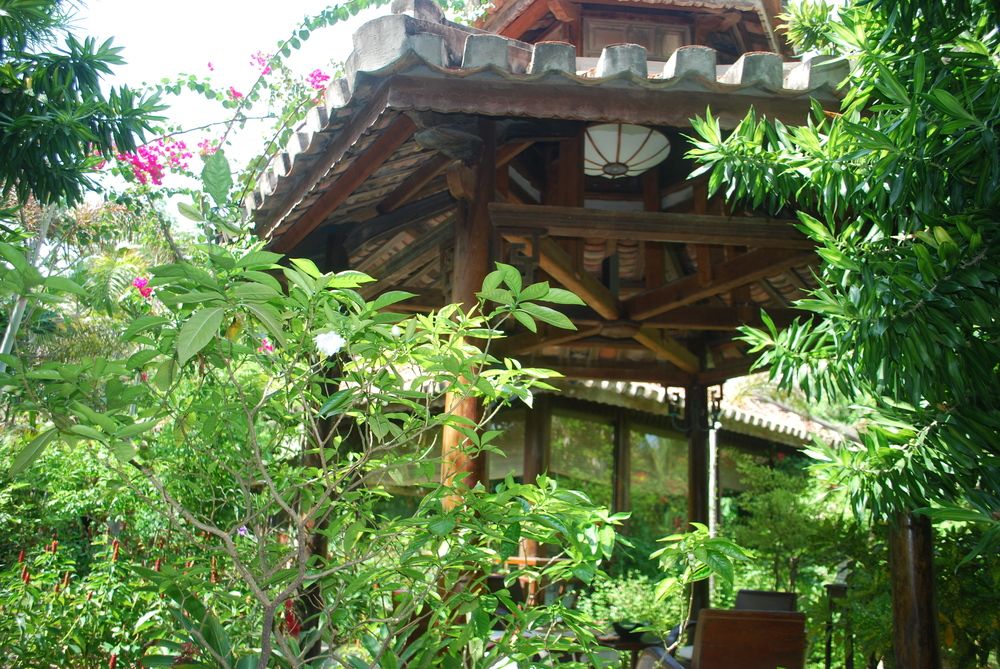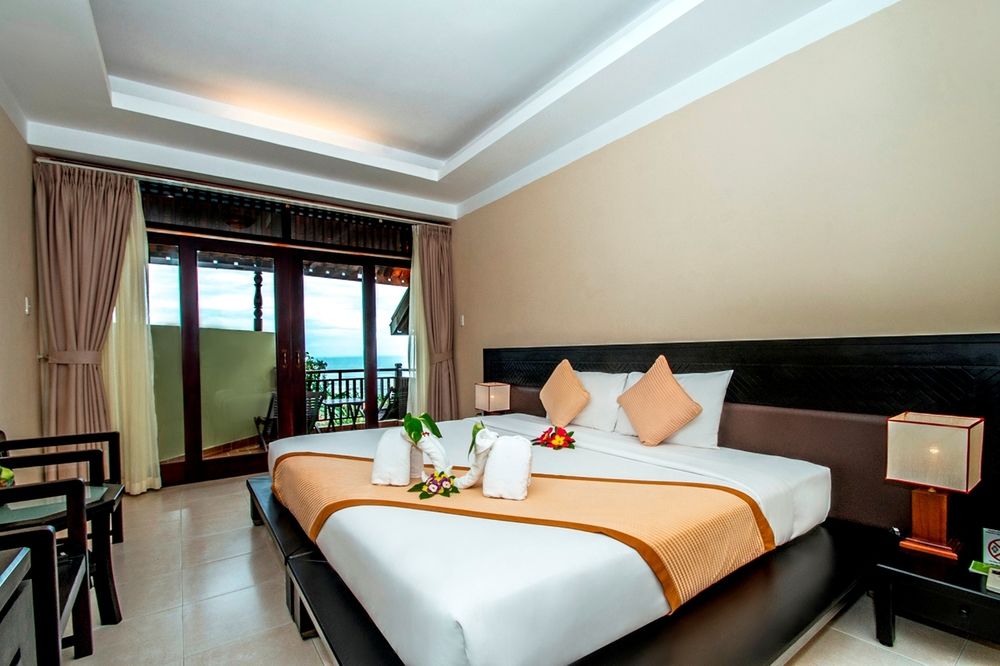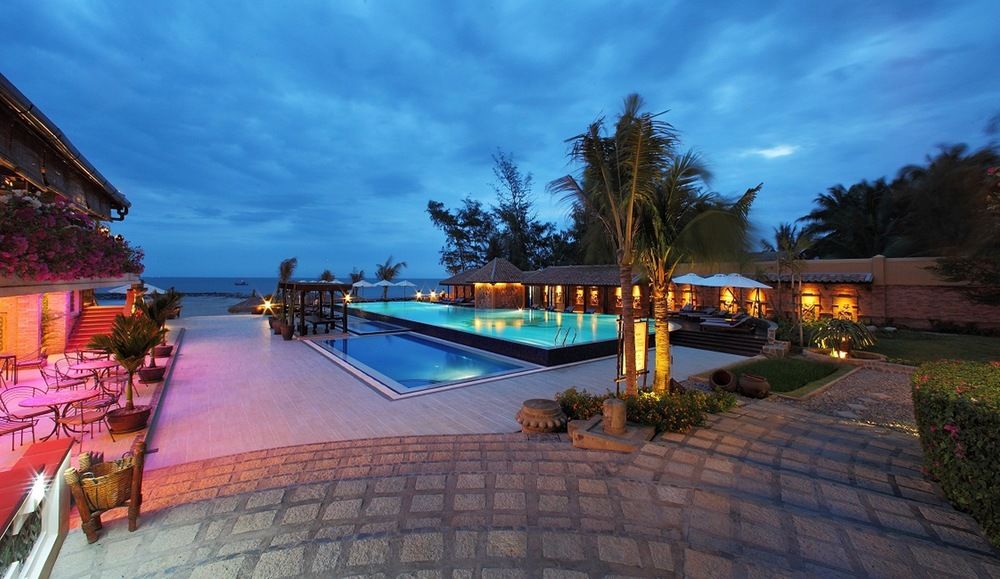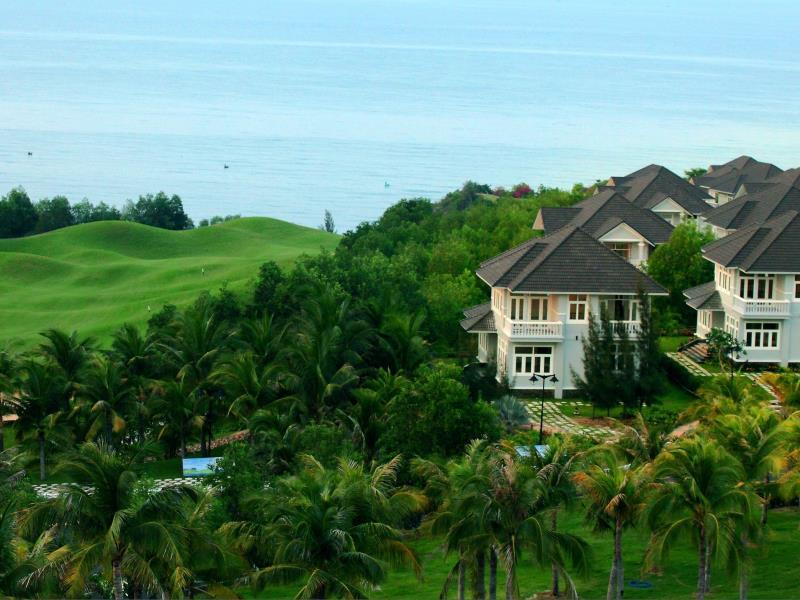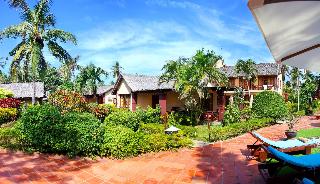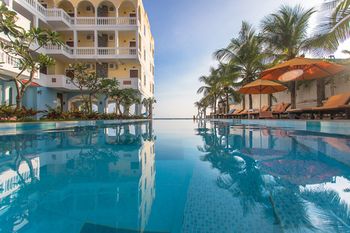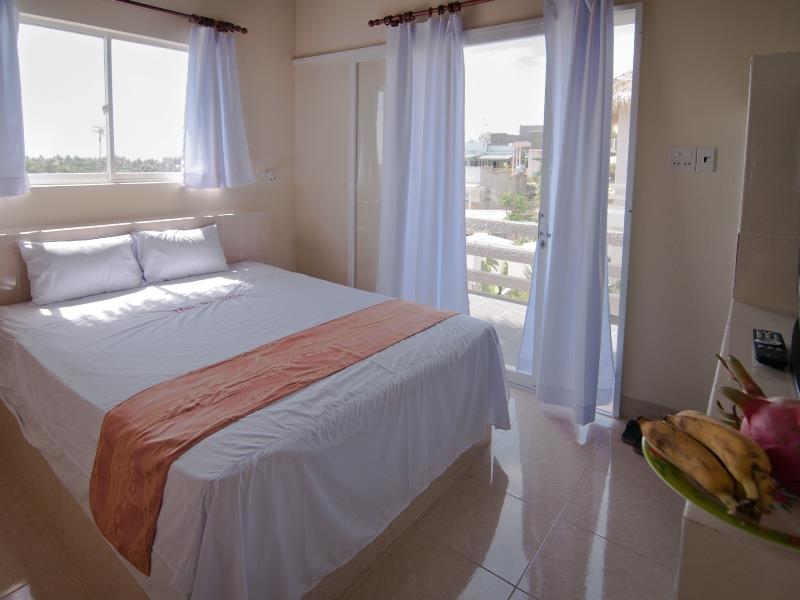
ファンティエットホテル検索結果
AIが見つけた軒のホテルの最安値をご覧ください。
ベストホテル
最安値のホテル
ホテル等級
AIおすすめ
ファンティエットベストホテル
ファンティエット 最低価格のホテル
最高評価のホテル
ファンティエットにある5つ星ホテル
ファンティエットにある4つ星ホテル
ファンティエットにある3つ星ホテル
AIがおすすめする世界の旅行先
ファンティエット近くのホテル情報
ファンティエット 旅行に欠かせない情報
Phan Thiết (Vietnamese: [fan.tʰíət] ( listen)) is the capital of Bình Thuận Province, on the coast in Vietnam, where all government offices for the province are located. While most of the inhabitants live in the city center, the others live in the four urban coastal wards, extending from Suoi Nuoc beach in the northeast towards cape Ke Ga in the southwest.
Traditionally, fishing and manufacturing of fish sauce has been the main source of Phan Thiết's income thus far, the picturesque fishing fleet in the harbor colorful proof. Drawn by the beautiful beaches of the area, tourism is rapidly replacing the fish industry as the main employer.
The first resorts along the beaches of Hung Long and Phu Thuy wards, as well as Phu Hai and Ham Tien wards east of the city center appeared in the mid-nineties. Since then, tourism has boomed and hundreds of hotels, restaurants, resorts, guesthouses and shops have been constructed along the coastline.
Rang Beach in Ham Tien ward was discovered by foreigners in 1995, while they watched the solar eclipse. Misled by guidebooks, which incorrectly labelled Rang Beach as "Mui Ne Beach", they were the first of a long row of tourists mistakenly calling everything east of the city center Mui Ne.Each area of Phan Thiết has its own characteristics. The beaches of Ke Ga and Tien Thanh are peaceful and quiet, inviting tourists to swim and relax. There is not much traffic on the roads along the coastline, so walking or riding along the beach is quite peaceful.
Compared to Nha Trang, the density of resorts along the beaches of the city center in Phan Thiết is quite low, so when tourists leave their hotels, they step into the middle of the bustling daily life of a Vietnamese city. You can walk to many restaurants, museums or shopping malls – even visit the school where Ho Chi Minh taught before he went to study in Paris.
Phu Hai ward covers a hilly area along the coastline and has many small beaches and hidden coves. Many of the resorts in this ward
 時間 UTC+07
時間 UTC+07 通貨 VND
通貨 VND 言語 Vietnamese, English, French, Chinese, Khmer
言語 Vietnamese, English, French, Chinese, KhmerStaypiaだけの特別な特典
リアルタイムホテル最安値比較
AIが見つけたin ファンティエットの軒のホテルのリアルタイム最安値を簡単に比較検索できます。
316万軒のホテルを最安値で予約
最低価格に最大31%追加メンバーシップ割引でさらにお得にご予約いただけます。
自分だけの
AIがリアルタイムで更新するファンティエット旅行情報で便利に旅行を準備しましょう。
よくある質問
ファンティエットで最も人気のあるホテルは Mui Ne Hills Budget Hotel, The Cliff Resort & Residences, Bamboo Village Beach Resort & Spa です。
ファンティエットで最も人気のある5つ星ホテルはAnantara Mui Ne Resort & Spa, Sea Links Beach Resort & Golf, Sea Links Beach Villaです。 ファンティエット 評価順にホテルを見る
ファンティエットで最も評価の高いホテルはThe Cliff Resort & Residences, Bamboo Village Beach Resort & Spa, Anantara Mui Ne Resort & Spaです。
一般的なホテルの場合、客室予約はキャンセル締切日前まで無料返金が可能です。キャンセル締切日以降は手数料が発生する場合がありますので、ホテルバウチャーまたはメニュー>マイ予約でキャンセル締切日をご確認ください。
ステピアでは、AIが収集した316万件のホテルの最安値はもちろん、会員限定の追加割引価格で人気ホテルを予約することができます。
